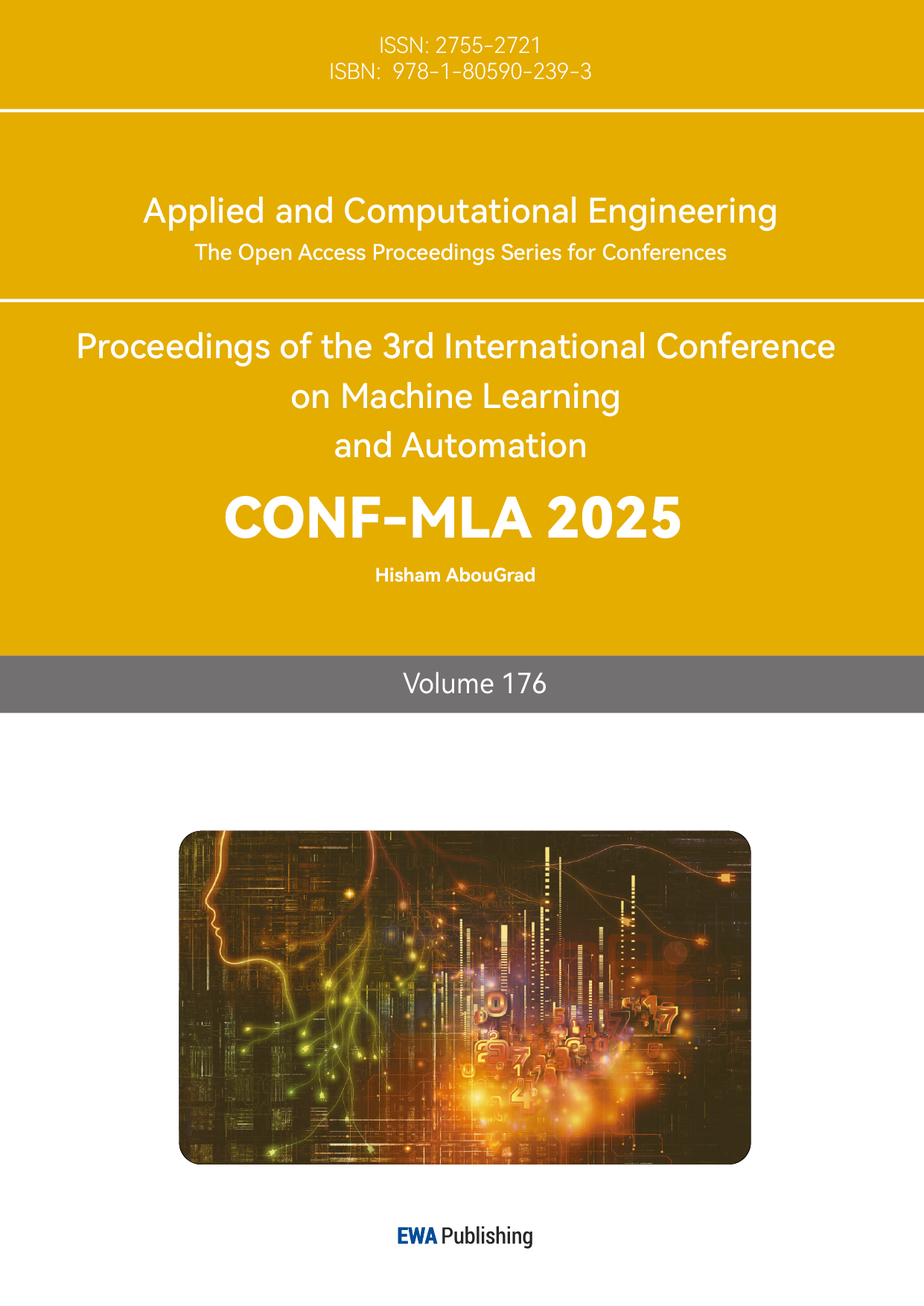References
[1]. Li, F., Zhang, Y., & Wang, Z. (2021). Android malware detection via graph representation learning. Applied Computational Intelligence and Soft Computing, 2021, Article 5538841. Wiley Online Library
[2]. Wang, X., Zhao, Q., & Liu, T. (2022). A multi-view feature fusion approach for effective malware detection. Future Generation Computer Systems, 129, 48–60.
[3]. Zhang, Y., Huang, L., & Chen, S. (2024). Feature graph construction with static features for malware detection. arXiv preprint arXiv: 2404.16362. arXiv
[4]. Smith, J., Doe, R., & Patel, K. (2024). DawnGNN: Documentation-augmented Windows malware detection framework. Journal of Network and Computer Applications, 206, Article 103385.
[5]. Kumar, A., Singh, P., & Reddy, S. (2025). MalHAPGNN: An enhanced call graph-based malware detection framework. Sensors, 25(2), 374. MDPI
[6]. Chen, B., Li, J., & Wu, Y. (2023). Behavior-based Java malware detection via graph neural network. Applied Sciences, 13(11), 6526. PMC
[7]. García, R., Müller, T., & Lee, S. (2025). On the consistency of GNN explanations for malware detection. arXiv preprint arXiv: 2504.16316. arXiv
[8]. Patel, D., Rao, N., & Kim, H. (2025). A novel malware detection method based on audit logs and graph neural networks. Expert Systems with Applications, 214, 119000.
[9]. Li, H., Zhao, M., & Yang, X. (2023). Dynamic malware analysis based on API sequence semantic fusion. Applied Sciences, 13(11), 6526. MDPI
[10]. Johnson, P., & Xu, Q. (2022). Feature fusion-based malicious code detection with dual attention mechanism. Computers & Security, 115, 102687.



